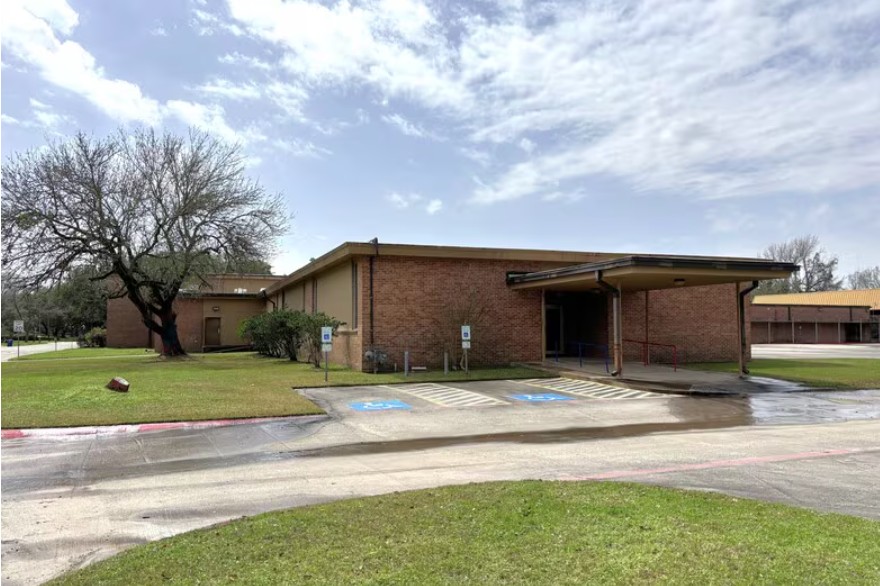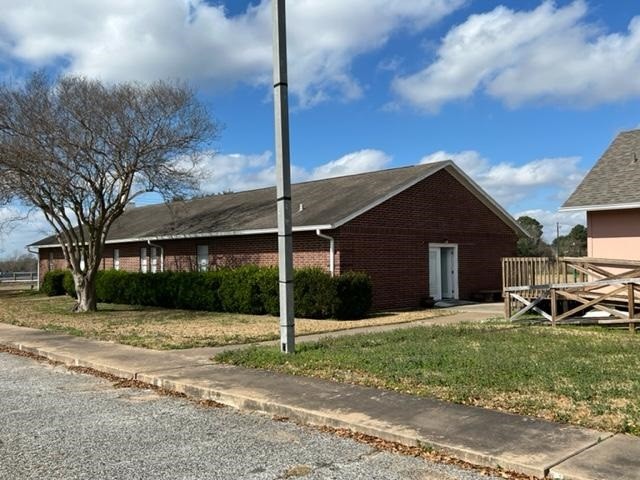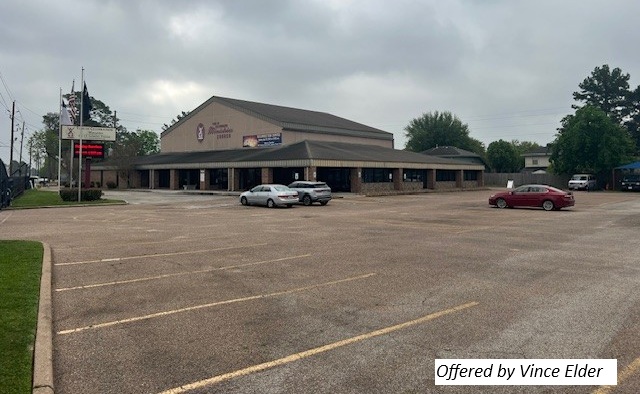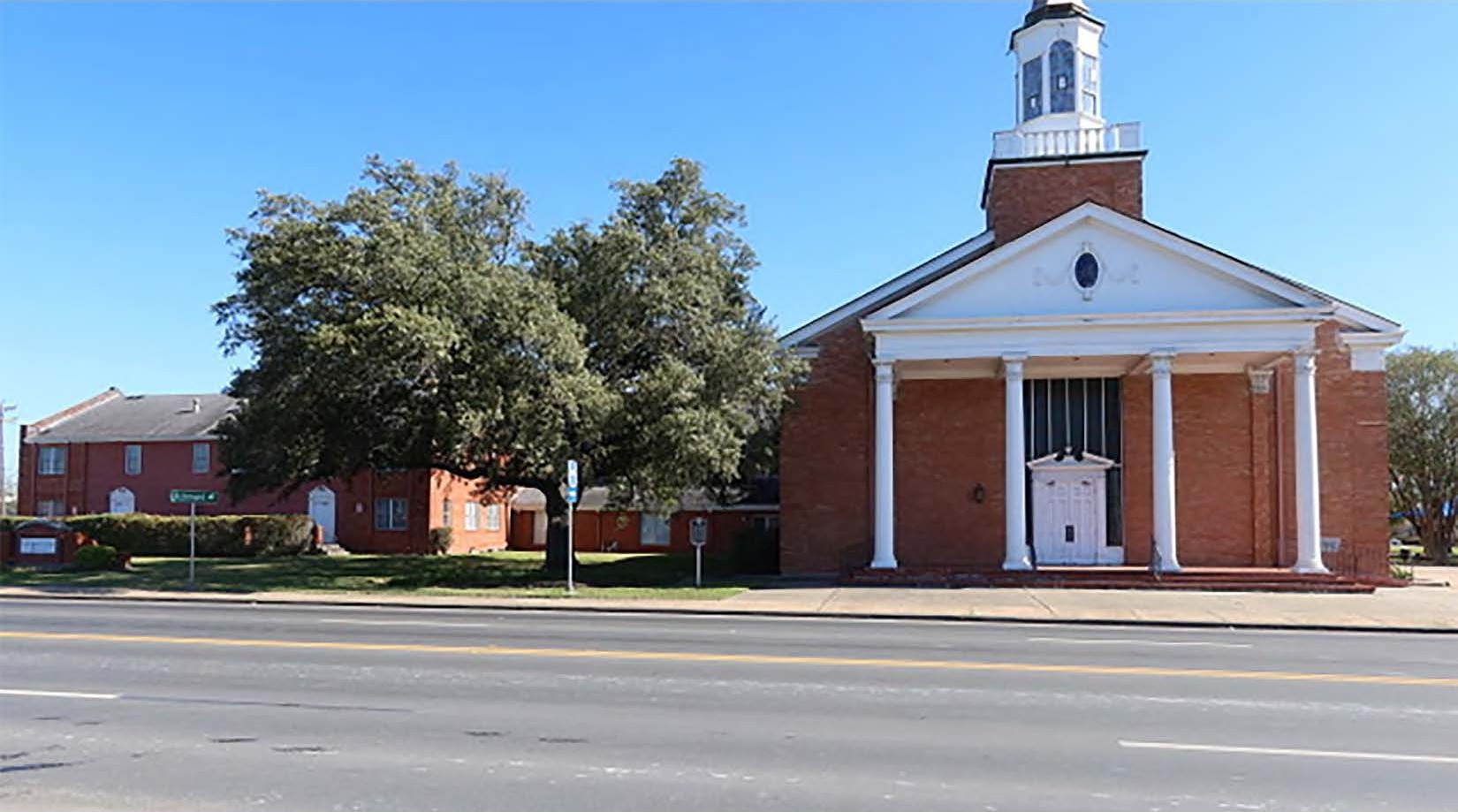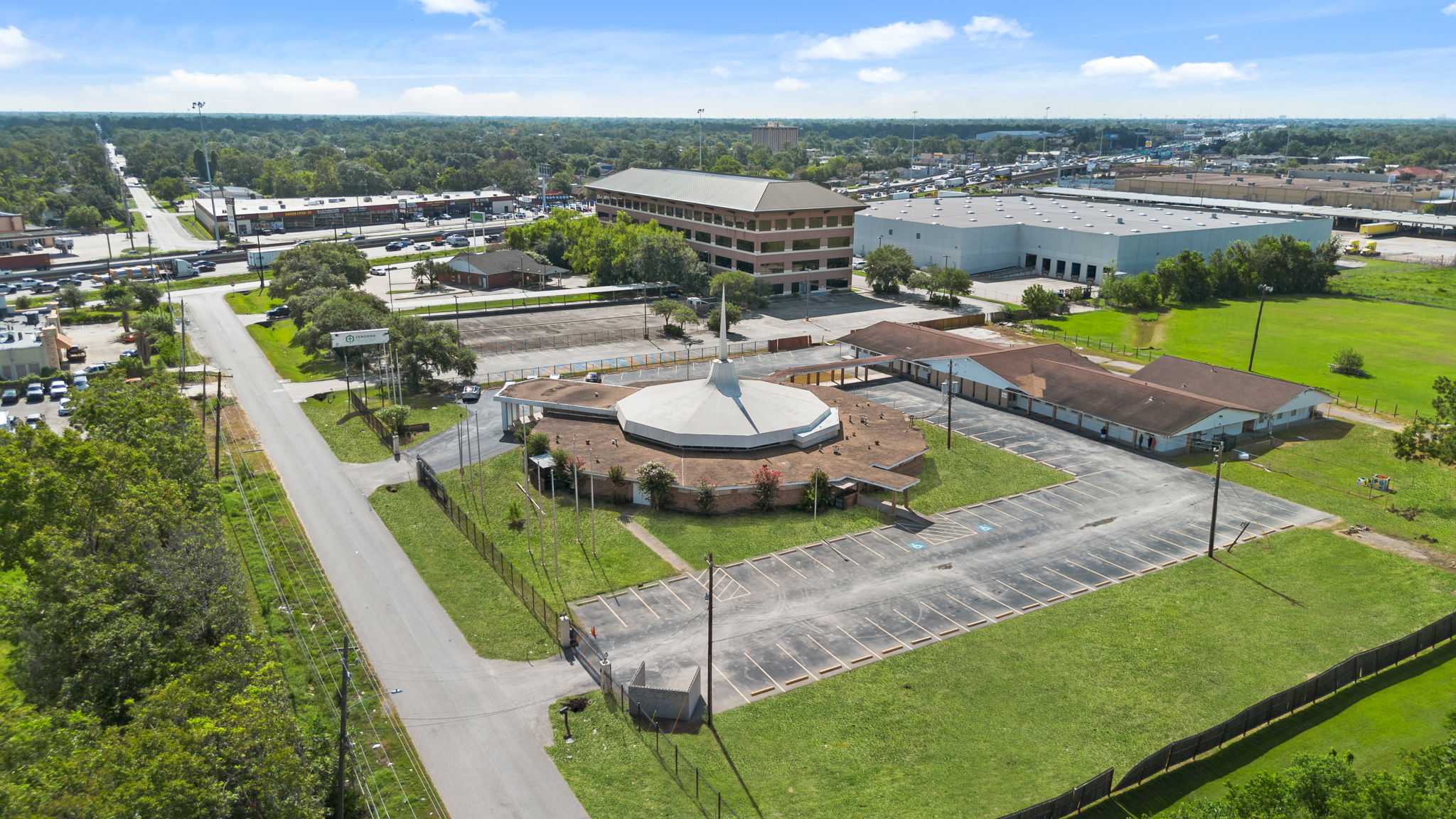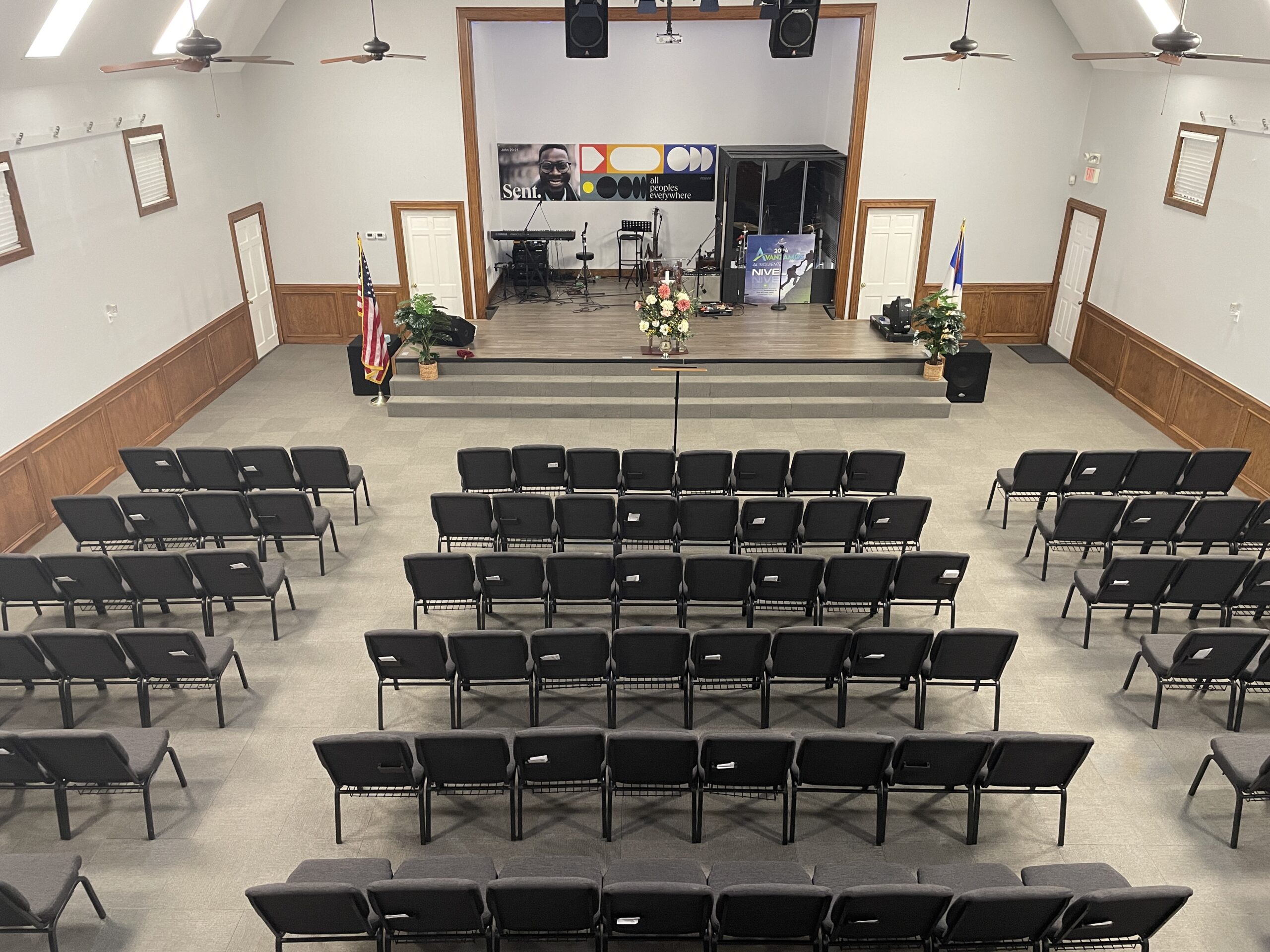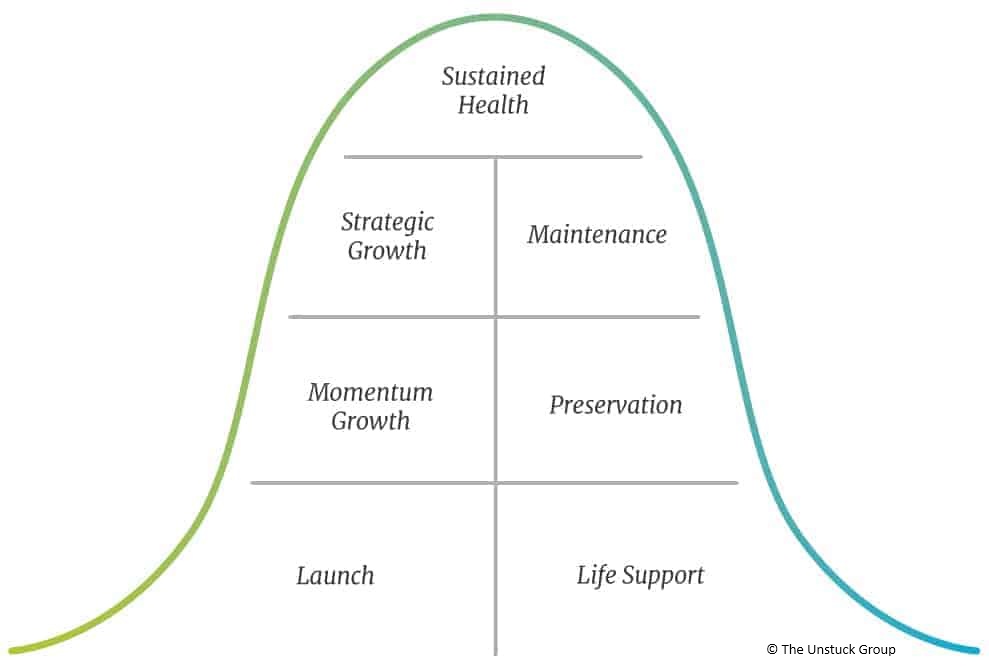
By Daniel Lopez, Church Realty
The life cycle of a church entity has been studied in detail through the years with several useful models emerging as a result. Most church experts see a clear analogy between the life cycle of humans (physical entities) and religious bodies (spiritual entities) and have adopted descriptive terminology to capture the parallels. Among them, the Life Cycle model of The Unstuck Group has been useful in our own consulting to churches as our clients have been encouraged to grapple with these issues in relation to their physical assets. Their well-known chart is shown above.
Church Life Stages
According to the model, the average church body in America starts with a high-adrenaline Launch and maintains high-intensity Momentum Growth and Strategic Growth for some time, after which it settles into the Sustained Health phase that can last for many years. At some point in its ministry life, however, it will probably transition into a Maintenance mode, followed by Preservation, which may lead to a Life Support situation that can become difficult to reverse.
Are these phases simply irreversible? That is to say – are these life cycle stages completely deterministic, no matter the quality of its leadership through time or the resolve and vision of governing boards? Church growth consultants will have differing views on the complex dynamics that are involved in this question.
The Long-Term / Short-Term Answer
Looking at the question from a long-term, longitudinal perspective, we probably would agree that most churches that started 200 years ago are no longer with us today – so it would not be radical to suggest that today’s churches will not be around 200 years from now either. These organizations have gone through their life cycle (or cycles, as they tend to be repeated in subsequent church generations) and at some point have ceased to function structurally, not unlike our own process of aging and dying. So it would seem that just studying our common experience through a historical lens would would answer the question before us in the affirmative – yes, individual church bodies are destined to eventually cease to exist.
However, that may be the wrong question to start with. There is no denying that the impact of most of these now-defunct bodies still continues until today in the lives of countless people whose lives were transformed in the past by the Gospel and that in time were also instrumental in starting other congregations and parachurch ministries, whose influence endures until today. So we can conclude that even if church bodies will experience death from a structural, outward standpoint at some point, they will always “live” in that they fulfilled a very specific task at a particular time that has ongoing effects even today. The better question should be “How influential has this congregation been trans-generationally until the present, as evidenced by the number and effects of transformed lives, healed marriages, restored families, godly children and grandchildren, better societal institutions, and even impact on other nations? This is no cop-out answer – isn’t this the way that our Lord thinks about this? He doesn’t count demolished buildings, terminated corporate structures, unused church labels, discontinued church websites, closed church bank accounts or the like to determine how a “church really did”. And of course, the ultimate answer to this question is “We will only know in eternity” – we will only know at the end of times the true impact of a local church or other ministry.
However, from a shorter-time perspective (say, through the life of its founder or initial leadership group), we would say resoundingly that the downward cycle can be reversed by most congregations, should they find themselves grappling with this question. So no, decline is not inexorable, and a local church can and should “reinvent itself” more than once throughout its life cycle.
Don’t Ignore Church Life Cycle Realities
A few of our church clients are not aware of this well-documented research regarding stages of church life or have chosen to ignore this body of work altogether at their own peril. This introspective work of asking “Where are we on this chart?” may not be terribly crucial to undertake in the early stages of a growing congregation but is certainly a must-do exercise to be done regularly once a church gets to the “Sustained Health” peak of the chart.
The importance of having someone outside the fellowship to look at the entity to offer a neutral, unbiased opinion of its true health cannot be overstated. Most churches in decline will probably consider themselves to be in “Maintenance Mode” when in reality they may have already crossed the line to “Preservation” for example. And it would be especially hard for any Elder Board to concede that they are on “Life Support” and make the painful decisions that may come as a result, without some outside spiritual counsel.
Where We Come In
Many if not all of these church stage transitions involve decisions regarding physical assets. A church experiencing high-octane Momentum Growth will need to consider real estate-related questions to avoid their physical space becoming a constraint on growth if not acting quickly enough. A congregation that has attained Sustained Health and critical mass with offerings and contributions will need to consider space enhancements to serve a next generation coming through the ranks. And sadly, a body in Maintenance or Preservation will probably need to make some painful decisions regarding their real estate as well.
In all of these cases, an ill-timed or badly-executed real estate project can throw a wrench into the best intentions and cause unforeseen consequences both in terms of process and relationships, which in turn can lead to further detrimental outcomes. A strategic and well implemented purchase of physical assets can be instrumental in allowing the congregation to get to the next level successfully. Likewise, a well thought out asset disposition project will have tremendous positive benefits for a congregation that finds itself in the downward slope of the Church Life Cycle curve. On that note, we have several instances of church clients that, having gone through the painful decision of selling their real estate (for ministry optimization or an actual geographic relocation), have emerged on the other side with a more robust cash flow position, and with renewed vision and spiritual vigor, leading to a renaissance of impact for the Kingdom. These churches have essentially beaten the Church Down Cycle Curve for at least another generation.
Church leader – you cannot afford to ignore how your real estate can both enhance or cripple your Kingdom impact when navigating whatever ministry transition you are experiencing today. Let us help you take your congregation to a better place in the Church Life Cycle Chart.
Call us at (281) 744-0644 or Contact Us through this website at any time, thank you!
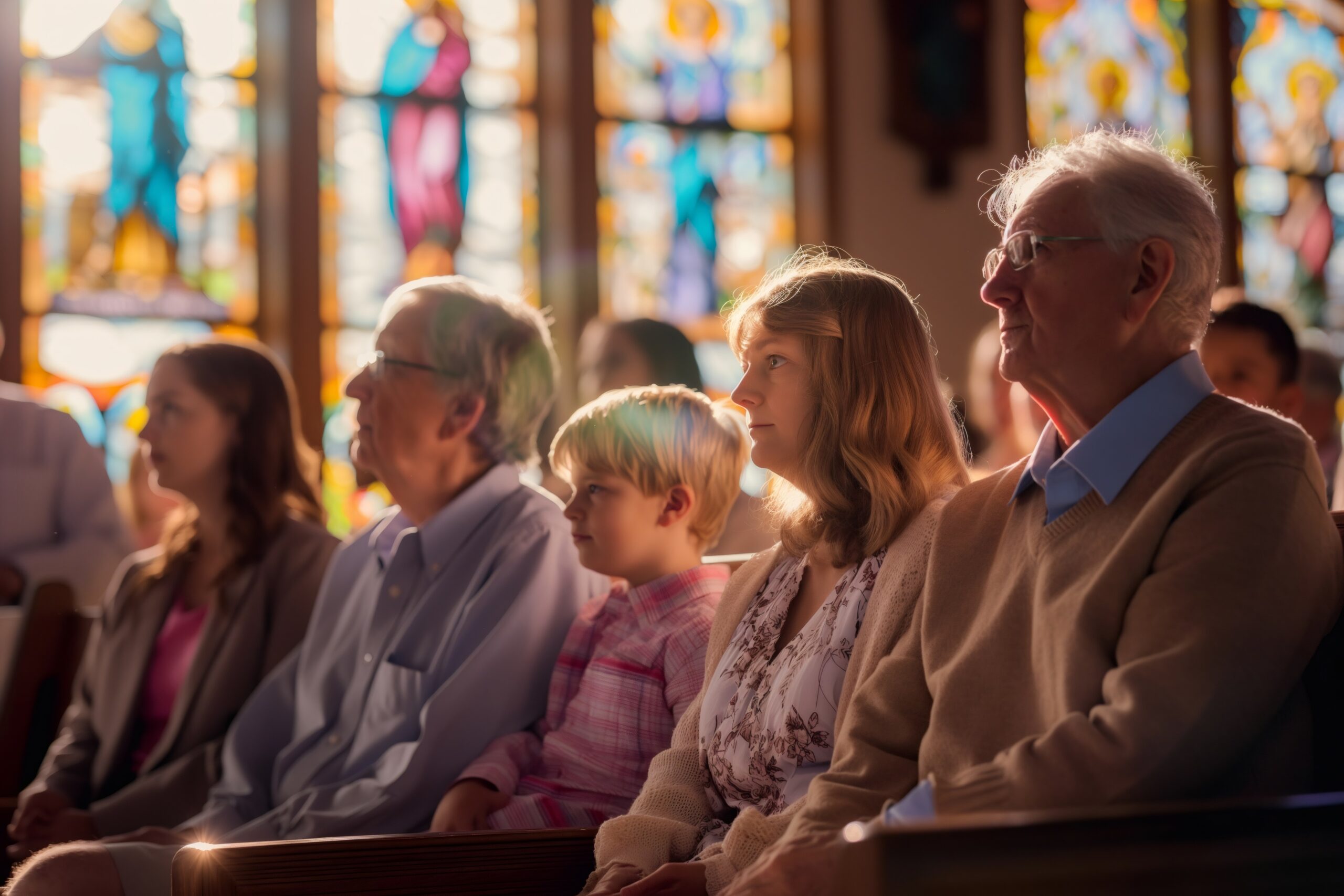
AVAILABLE CHURCH PROPERTIES
Propiedades Disponibles
